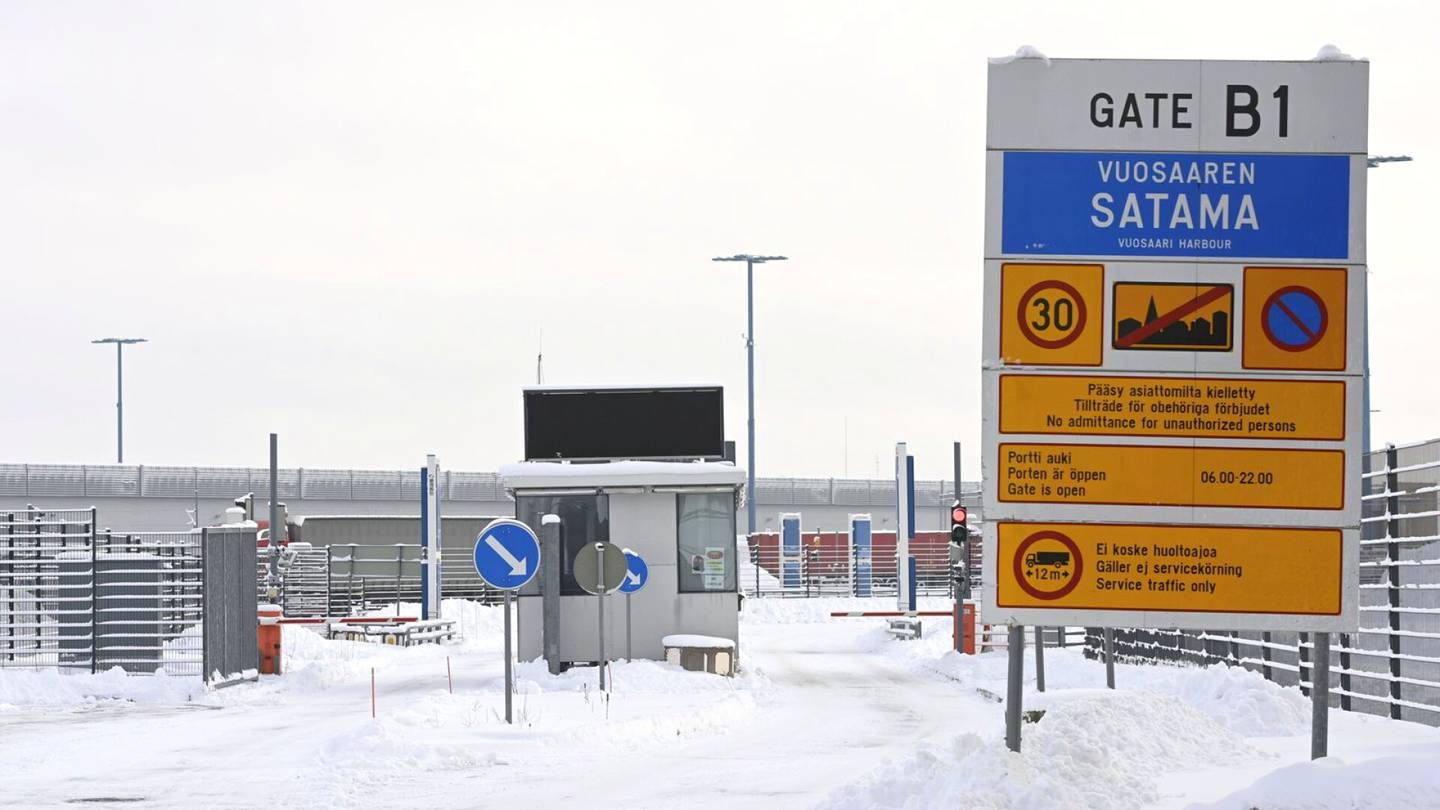Editorial Suomen's Salary Model Stopped at a Bad Point

The relationship between the Confederation of E-commerce (EK) and the employee organization SAK is still tense The reason is the so-called Finnish salary model, which has been in use for six years - and has once again run into difficulties.
SAK chairman Jarkko Eloranta recently complained in his blog that Finland needs a different negotiation model than the current one, but according to Eloranta, EK stubbornly sticks to its export-led model In EK, this is read as the fact that SAK still hasn't stopped longing for centralized overall income policy solutions, i.
E Shelters
The Finnish model was copied with minor changes from Sweden In Finland's version, export industry sectors that are central to international competition define a reserve for wage increases that other sectors should not exceed.
This has been especially demanded and cherished by EK EC: it has also been important for the important export sector Technology Industry to open a wage cycle.
It has acquired some interesting features: during the winter, employers in other sectors refused to negotiate until a new collective agreement had been obtained for workers in the technology industry For six years, the model has worked moderately, at least according to employers.
At no point has the wage earner side actually recognized the Finnish model, although it has adapted to it In the current wage round, the Finnish model has been in trouble for at least two reasons.
The collective agreement of municipal and welfare regions signed in the summer guarantees salary increases higher than industry in the next few years On that side, the municipal and welfare sector acted as a kind of main opener, many months before the industrial employee agreements.
Another nail in the coffin was hammered by the transport workers union AKT The union demands tougher wage increases than the technology industry.
The ACP has accelerated its demands with strikes, which practically stopped foreign trade from ports and goods transport by road The port strike will be mediated on Sunday.
According to AKT chairman Ismo Koko, no export-driven salary model even exists in Finland At the end of last year, SAK announced that it would coordinate the ongoing salary negotiations more closely than before.
For the previous six years, only the employer side has practiced coordination and admittedly succeeded in doing so Otherwise, SAK has become more aggressive in the direction of employers.
There is also economic research material on different agreement models Studies have shown that unemployment is lowest in countries in which salary negotiations are either completely decentralized to the company and individual level, or a centralized negotiation or coordination model is used.
The latter include, for example, the floods of previous years Unemployment was correspondingly high in the "interventionist countries".
The degree of organization was high in them, but there are no centralized wage negotiations in the countries It sounds like modern Finland.
Finland has thus moved away from centralized salary negotiations, but is not yet in a properly decentralized model Let's be interlopers.
Then you can easily get the bad sides of both other models Forestry giant UPM is the furthest decentralized, which last year decentralized collective bargaining to business-specific.
However, the change required a long strike by the paper workers If there's no going back and the federal round doesn't seem to be working either, it is the reason for the labor market center organizations to get together after this round of negotiations to think about which model will be used to agree on wages in the coming years.
The world offers Finland enough threats and chaos Homemade problems are no longer needed.
The editorials are HS's positions on a current topic The articles are prepared by HS's Editorial department, and they reflect the principle line of the magazine.
.
Post a Comment for "Editorial Suomen's Salary Model Stopped at a Bad Point"